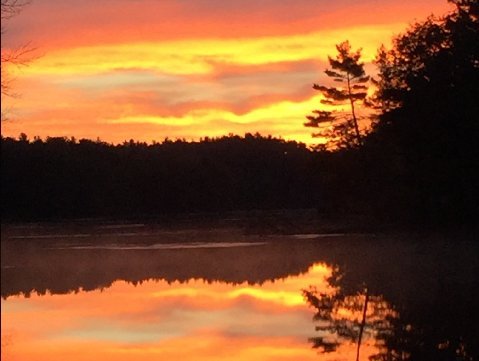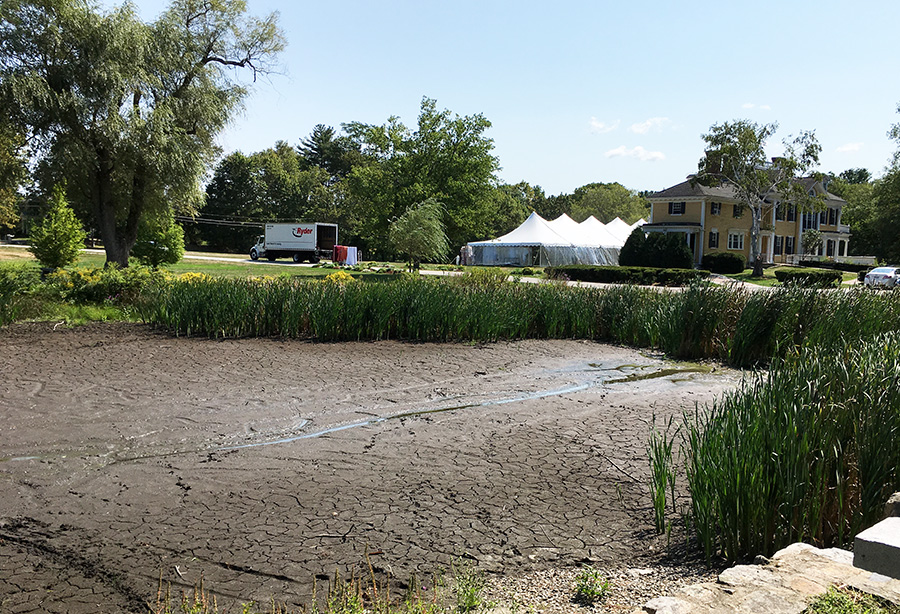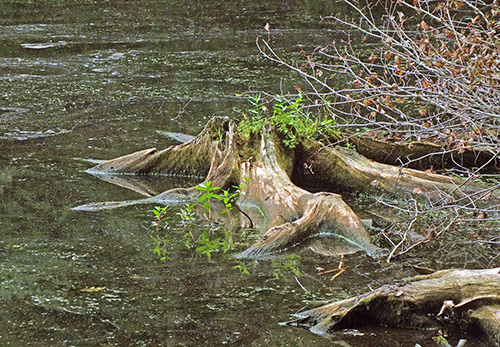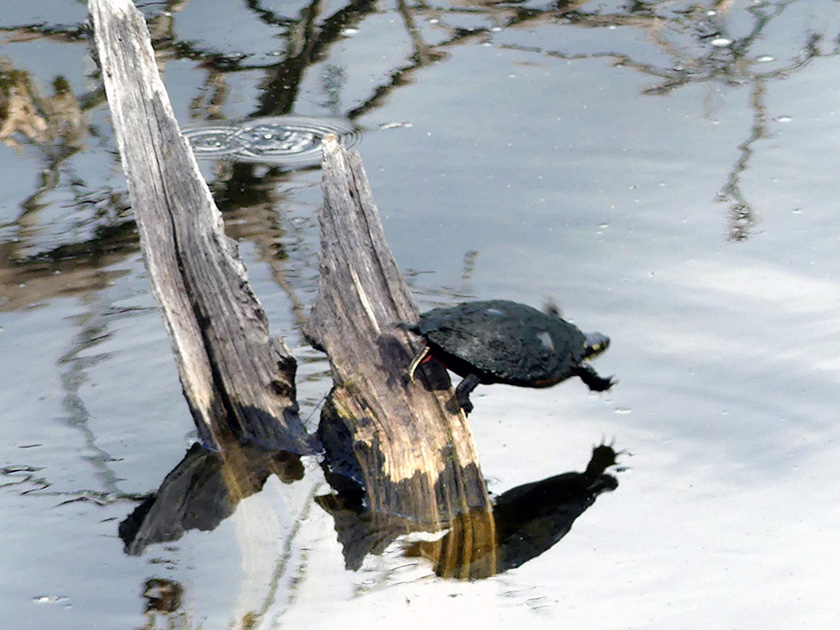How to talk to kids about the election
Licensed psychologist and Lincoln resident/parent Cris Ratiner will lead a conversation on “How to Talk with Your Children About the Election and Its Aftermath” on Tuesday, Nov. 15 at 6:30 p.m. in the Hartwell multipurpose room. Ratiner has worked with parents and families in ordinary times as well as extraordinary times (9/11, Hurricane Katrina, the Boxing Day tsunami). Anyone with questions may email her at crisratinerphd@gmail.com.
Second open space forum on Wednesday
The second community forum for the Open Space and Recreation Plan update takes place on Wednesday, Nov. 16 at 7 p.m. in the Town Hall Donaldson Room. The group is in the final phase of community outreach and goal setting (see the Lincoln Squirrel, July 20, 2016).
‘How to Succeed In Business Without Really Trying’
LSB Players, the theater production company of Lincoln-Sudbury Regional High School, presents How to Succeed In Business Without Really Trying on November 16, 17, 18 and 19 at 7:30 p.m. in the high school’s Kirschner Auditorium. The musical traces the journey of J. Pierrepont Finch as he follows a guide that instructs him on how to rise to the top of the corporate world on charm and cunning alone. This hilarious satire is based on an actual book by Shepherd Mead, and is a clever, tongue-in-cheek send-up of corporate life featuring familiar songs by Frank Loesser like I Believe in You, The Brotherhood of Man and Been A Long Day. Tickets are $15 for adults and $8 for senior citizens/students. Click here to reserve tickets.
Talk on Israel/Palestine nonviolence
Sheila H. Katz, Professor of Middle East History at Berklee College, will present “Connecting with the Enemy: A Century of Palestinian-Israeli Joint Nonviolence” on Monday, Nov. 21 at 7 p.m. in the Lincoln Public Library. The talk presents the first comprehensive history of grassroots nonviolent alternatives to the lethal collision of the two national movements despite condemnation by their own societies, repetitive diplomatic failures, harsh inequalities, and endemic cycles of violence. Presented by the GRALTA Foundation (Grass Roots Awareness, Learning, Travel and Action), which is also organizing an Israel-Palestine study tour from Jan. 4-14, 2017. For more information, call Steve and Barbara Low at 781-259-1300.
Lincoln seniors invited to dinner next Wednesday
Lincoln-Sudbury Regional High School warmly invites Lincoln senior citizens to a Thanksgiving dinner at the school on Wednesday, Nov. 23 at noon, complete with performances by the L-S Jazz Band and dancers. Please call the Council on Aging at 781-259-8811 to sign up.
‘Gratitude Trees and Campfire’ at Farrington Nature Linc
Start your Thanksgiving holiday with an evening focused on thankfulness and time spent in nature at Farrington Nature Linc on Wednesday, Nov. 23 from 6:30-8:30 p.m. During the “Gratitude Trees and Campfire” program, families can decorate preserved leaves to create a beautiful gratitude tree to take home, make leaf-inspired table art, listen to stories around the campfire and eat s’mores. Registration is required; call or email Program Director Brianne at brianne@naturelinc.org or 978-764-9186. Suggested donation: $10/person. Farrington Nature Linc is at 295 Cambridge Turnpike (Route 2 eastbound) directly after Gerard’s Farm Stand.
Thanksgiving night contra dance
Lincolnites are invited to a Thanksgiving Night contra dance on Thursday, Nov. 24 from 7-10 p.m. in the Smith School gym featuring musicians Larry Unger and Julie Metcalf, and caller Chris Ricciotti. All ages and abilities are welcome. Tickets are $6 for adults and students, $4 for children 10 and under. Sponsored by the First Parish Church. For more information, call 781-259-0692 or email kwinchell@comcast.net.

















